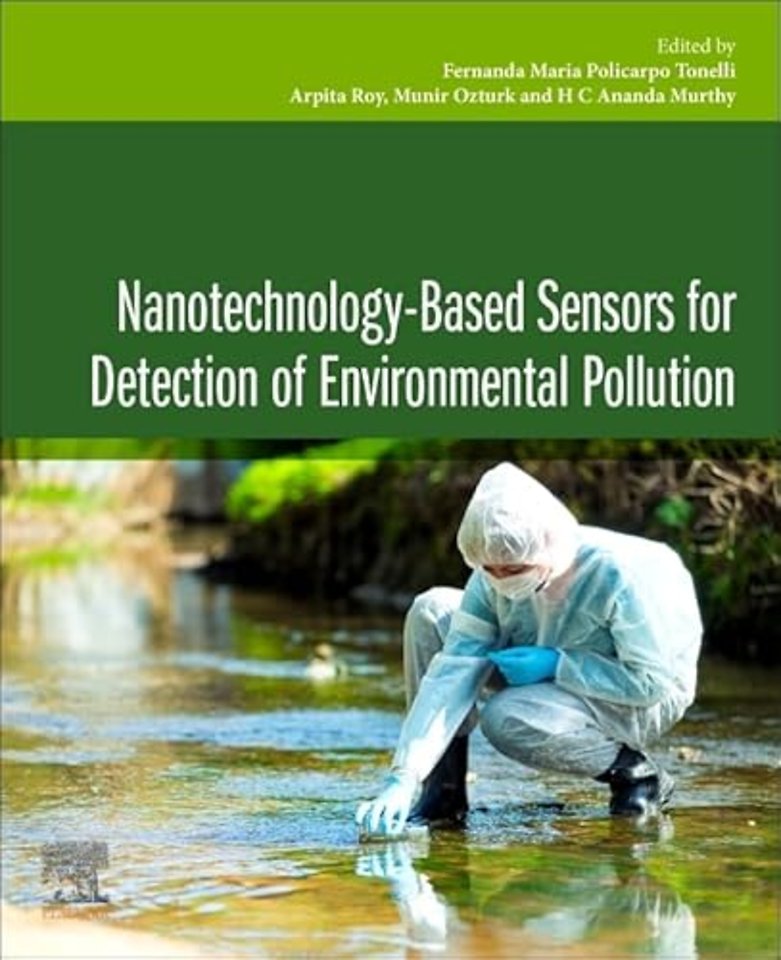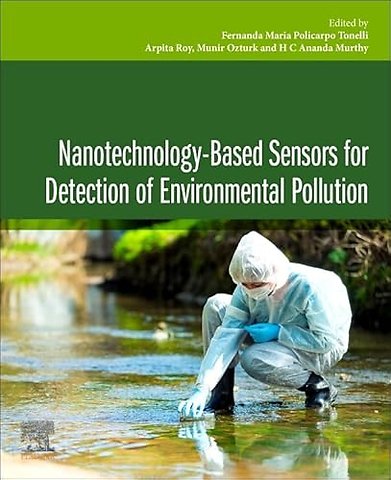Nanotechnology-based Sensors for Detection of Environmental Pollution
Samenvatting
Nanotechnology-Based Sensors for Detection of Environmental Pollution discusses the use of nanotechnology to generate sensors capable of performing efficient detection of different types of environmental pollutants. Sections explore environmental pollution as a threat to life on Earth, the main contaminants (inorganic, organic or pathogens), and the risk they represent to living beings. Others are dedicated to nanotechnology, allowing pollutants’ detection, a brief history of nanotechnology-based sensors, different types of nanotechnology-based sensor (optical, electrochemical, and magnetic), nanotechnology-based sensors’ design and fabrication, nano biosensors, and more.
Additional sections focus on important specific pollutants (pesticides, heavy metal, dyes, toxic gas, pharmaceutical waste, petroleum hydrocarbons, and pathogenic microbes) and their detection by nanotechnology-based sensors and important nanomaterials in nanotechnology-based sensors, exploring carbon-based and non-carbon-based material in nanoscale (graphene, carbon nanotubes, quantum dots, magnetic nanomaterials, non-magnetic nanoparticles) and also point-of-care sensors and functionalization to generate optimized nanotechnology-based sensors to pollutants’ detection.
Specificaties
Inhoudsopgave
Net verschenen
Rubrieken
- aanbestedingsrecht
- aansprakelijkheids- en verzekeringsrecht
- accountancy
- algemeen juridisch
- arbeidsrecht
- bank- en effectenrecht
- bestuursrecht
- bouwrecht
- burgerlijk recht en procesrecht
- europees-internationaal recht
- fiscaal recht
- gezondheidsrecht
- insolventierecht
- intellectuele eigendom en ict-recht
- management
- mens en maatschappij
- milieu- en omgevingsrecht
- notarieel recht
- ondernemingsrecht
- pensioenrecht
- personen- en familierecht
- sociale zekerheidsrecht
- staatsrecht
- strafrecht en criminologie
- vastgoed- en huurrecht
- vreemdelingenrecht

